With the internet, campaigning is easier than ever.
You can share social media posts to engage supporters, make GOTV calls through your browser, and send mass texts to raise funds.
The flipside is that it’s easy for disinformation to spread.
In 2018, Thirteen Russian nationals were charged for interfering in the 2016 presidential election. They did so by creating hundreds of fake social media accounts and paying to promote misleading posts via ads.


It might seem like an overwhelming problem, especially when considering the sheer number of misleading posts that could be circulating at a time. Besides relying on platforms such as Facebook to curb fake news, what can you do to prevent the spread of disinformation?
What can help is narrowing down the problem.
Disinformation during a campaign is usually used to affect two things:
- Information voters need to exercise their right to vote.
- Information needed in choosing a candidate to vote for.
Campaigns will want to focus on identifying disinformation and false narratives employed to affect these factors.
Monitoring and preventing disinformation
Disinformation relating to the two points mentioned above can come in many forms (many obvious, but some more subtle). For example:
- A text message telling voters that a candidate is dropping out right before an election. See the image below.
- Social media posts spreading incorrect polling information.
- News pieces that defame a candidate.
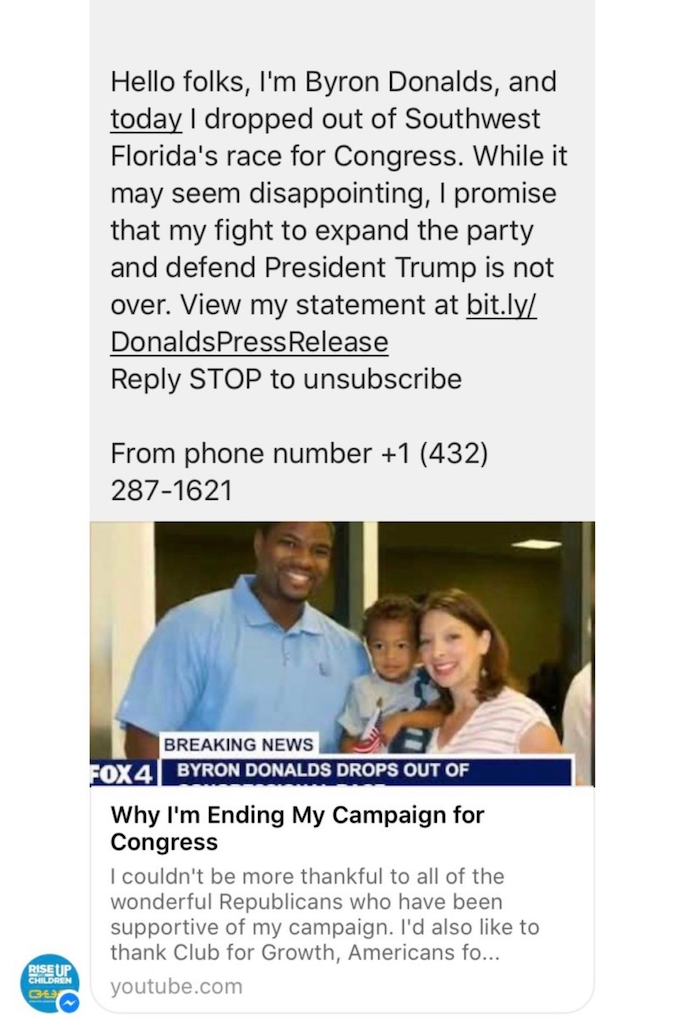

Monitoring the most common sources of disinformation can help you prevent it before it spreads.
Disinformation usually spreads through:
- Social media ads
- Imposter news sites
- Misleading emails and text messages
- Manipulated images and videos (ex. deepfakes)
Tools to fight disinformation online
These digital tools can help you identify disinformation on the web:
Accountanalysis – Allows you to look through the recent activity of a Twitter account.
CrowdTangle – Track which Facebook pages have shared a website/link on social media as well as the interaction metrics of these shares.
Facebook Ad Library Report – You can filter and download data for ads about social issues and elections.
Google Transparency Report – Monitor political advertisements on Google and YouTube and who paid for them.
Redditviz – Identify connections between Reddit ecosystems.
Bellingcat has put together a comprehensive list of tools and websites for open-source investigations:


Take a look at their online open-source investigation toolkit here.
Also, check out:
Tools That Fight Disinformation Online from Rand Corporation
How do you verify if information is true or false?
In cases where information is not directly related to your campaign, but still has the potential to harm it, you may want to verify that the information is indeed fake before taking action.
You can do that by:
- Making sure the story is not satirical in nature.
- Searching for the story on websites like FactCheck.org or Snopes.com, which research and verify rumours and misinformation.
- In the case of a published news story, checking if the source is classified as a fake news website by a fact-checking resource.
- Manually fact-check – Do an online search to confirm the key facts of the story. Trace any links from the original post back to the source.
Dealing with fake news – first steps
Once you identify misinformation on the web, there are steps you can take to prevent the spread before considering legal options.
Step 1 – Identify where it’s coming from
- Monitor common sources of information for voters: Social media, news sites, emails, texts, calls.
- Work back to primary sources, which you can use to fact-check the information.
To help you, here are the main sources of news for the average American citizen:
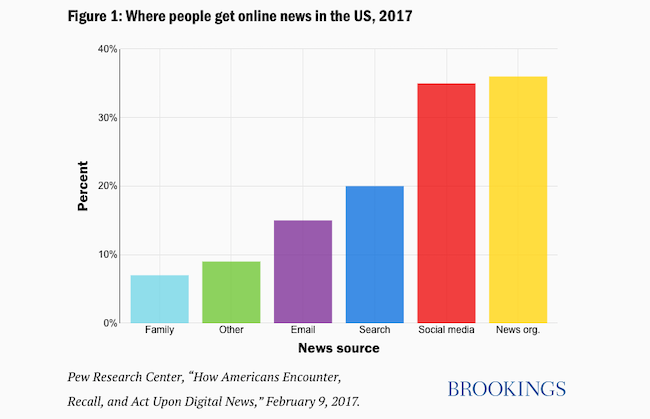

Taking account of your supporter demographics, and the demographics of the general electorate, you can narrow down your monitoring efforts to a few key sources.
Step 2 – Report it
Once you identify the source of disinformation, report them.
For social media platforms such as Facebook and Instagram, posts have a report option:
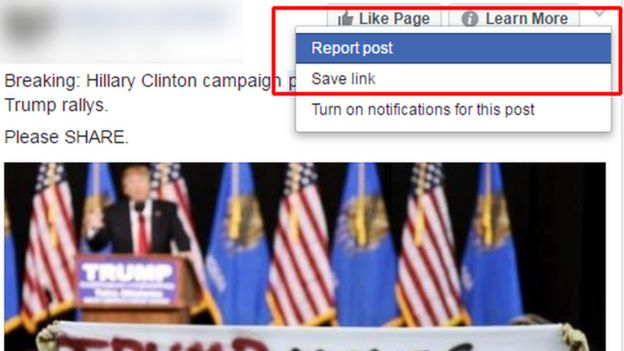

Google lets you report disinformation or copyrighted content on any of their products, including Google search.
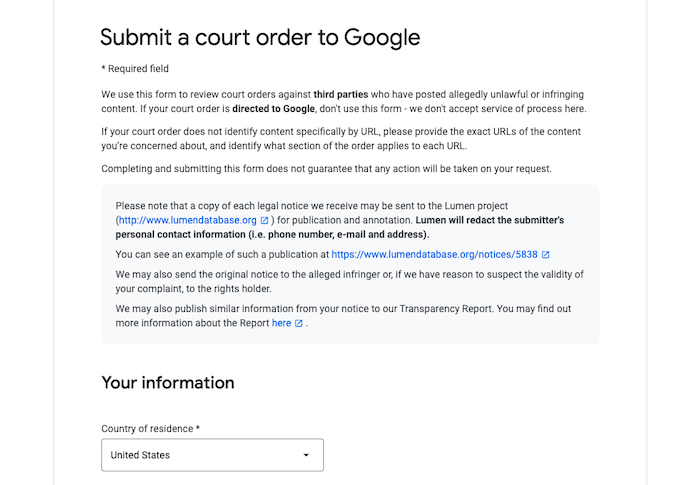

In the case of emails, texts and calls it is a bit more difficult. You will have to identify the service provider that is being used and ask them to block the offending accounts. You can do that for phone numbers with the help of a service like Free Carrier Lookup.
For emails, the URLS often have unique structures pointing to an email service provider.


Step 3 – Counter the false information
Depending on how far the disinformation has spread among your supporter base, or electorate, it is a high priority to put out a statement to set the record straight.
You can do that by:
- Sending out posts on social media platforms. You could include a video of a party leader or candidate to provide more weight to your counterstatement.
- Making phone calls (or sending out a voice broadcast) if disinformation has reached key supporters of your campaign.
- Sending mass texts and emails to your contact list.
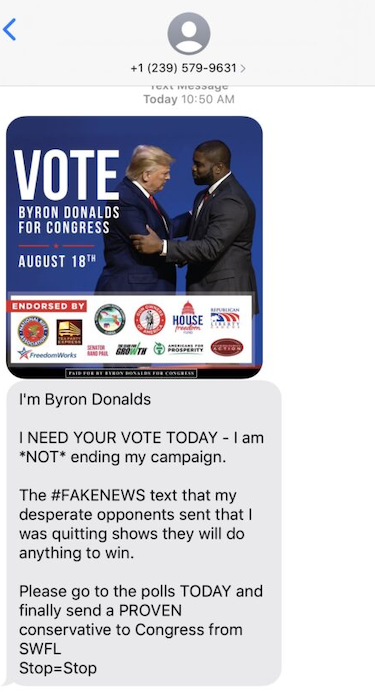

These steps give a general idea of how to take action against disinformation against your campaign.
Here are some specific ways to make it easier to fight disinformation.
Have a point person
Your fight against disinformation needs to be an organized effort. Assign a person to lead your efforts. This person will take charge of handling data gathering and analysis tools, and liaising with disinformation specialists.
Subscribe to mailing, texting and calling lists
If your opponents do try to send misleading messages to voters, you will want to know about it as soon as it happens. Get added to your opponents contact lists (on their website or opting in through SMS) so that you are immediately aware when something untoward happens.
Train campaign staff and volunteers
Educate staff on identifying misleading information related to your campaign. Set up a system that allows them to flag disinformation related to the election to notify your campaign’s leadership team.
Establish official modes of communication
If you are using text, calls and emails to communicate with voters, make sure you inform them about your official communication addresses. Any messages received outside of these channels should be greeted with a healthy degree of skepticism.
Other steps you can take include:
- Asking them to call or text back to a number to verify doubtful information.
- Handling the responses with the help of a texting software.


- Setting a forwarding number so any callbacks get routed to a single number, like say your campaign helpline.
- Encourage volunteers to build strong relationships with supporters. In Canada, Jagmeet Singh’s campaign had “super-volunteers” who interacted with specific groups of voters throughout the campaign. They did this by segmenting their lists and running volunteer specific calling campaigns.


Encourage supporters to add you to their contact list
As an extension to letting your supporters know about your official channels, encourage them to add you to their contact list.
- Ask your supporters to add your email address to their contact lists.
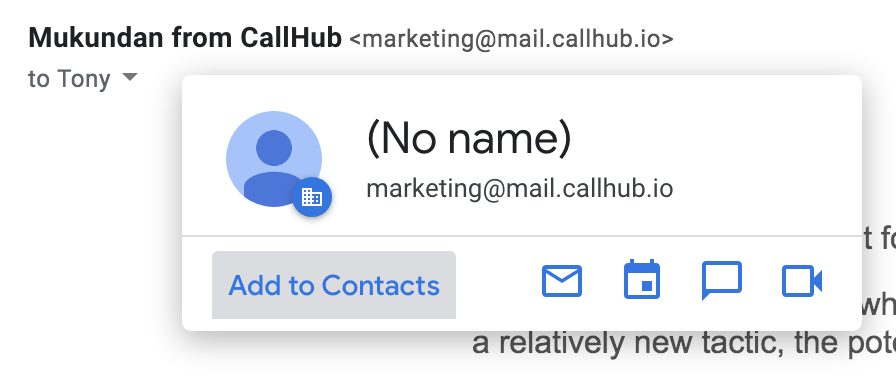

- Using a short code or a consistent number throughout your campaign (for texts and calls) will make it easier for contacts to note and save your number.
Promote best practices to identify disinformation
Educate your supporter base on best practices that can help inoculate them from disinformation, and be more discerning when reading or seeing election related content. The list from Rand.org provides tools that supporters can use to quickly fact check sources.
The DNC has a list of recommendations for combating disinformation for the general public that you can adapt for your voter base.
The legality of fake news
In the US, The First Amendment ensures the freedom of speech for citizens. That means citizens are free to exchange even false or controversial opinions.
But, that does not mean you can’t take legal action against disinformation that personally affects you or your campaign.
Taking legal action
A defamation lawsuit is the main legal recourse against fake news.
This requires you to prove that you suffered damages as a result of someone publishing a false fact about you. For example, losing a job opportunity, or a decline in revenue.
As a public figure, this is a bit more nuanced. You must prove that an individual or a news outlet acted with “actual malice.” That is, they knowingly published a false story.
What is the government doing about fake news?
As discussed, the government cannot violate The First Amendment. Even in the case they manage to pass laws censoring fake news, it can have a chilling effect on real news that people disagree with.
Chilling effect is used to describe the unwanted deterrence of legitimate freedom of expression. This often involves intimidation of journalists and punishing whistleblowers.
In 2017, the US Congress announced a bill requiring platforms such as Facebook and Google to keep copies of ads, make them public and monitor who is paying and how much.
In early 2019, a company creating fake social media profiles settled a case with the New York state attorney, thereby setting a precedent in law that selling fake social media activity is illegal.
Poynter has written about the measures that countries are taking to combat disinformation.
While there is still a long way to go in terms of fighting disinformation, especially when it comes to digital platforms taking accountability for the posts on their site, campaigns can still take steps to protect themselves.
This involves taking prompt action – both in preventing the spread of false information, as well as clarifying to voters who have been exposed to it.
It is understandable that your campaign may not have the resources to launch a full scale fight against every piece of disinformation that may occur (and knee-jerk reactions are never good). If that is the case, consider this:
Is the cost of ignoring the issue greater than the cost of setting up a response?
If the answer is yes, it is important to be proactive in fighting disinformation.


